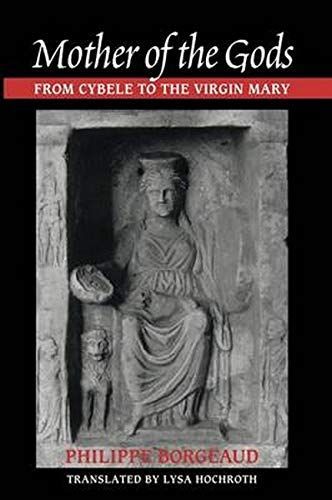
Mother of the Gods From Cybele to the Virgin Mary
Worshiped throughout the ancient Mediterranean world, the "Mother of the Gods" was known by a variety of names. Among peoples of Asia Minor, where her cult first began, she often shared the names of local mountains. The Greeks commonly called her Cybele, the name given to her by the Phrygians of Asia Minor, and identified her with their own mother goddesses Rhea, Gaia, and Demeter. The Romans adopted her worship at the end of the Second Punic War and called her Mater Magna, Great Mother. Her cult became one of the three most important mystery cults in the Roman Empire, along with those of Mithras and Isis. And as Christianity took hold in the Roman world, ritual elements of her cult were incorporated into the burgeoning cult of the Virgin Mary. In Mother of the Gods, Philippe Borgeaud traces the journey of this divine figure through Asia Minor, Greece, and Rome between the sixth century B.C. and the fourth century A.D. He examines how the Mother of the Gods was integrated into specific cultures, what she represented to those who worshiped her, and how she was used as a symbol in art, myth, and even politics. The Mother of the Gods was often seen as a dualistic figure: ancestral and foreign, aristocratic and disreputable, nurturing and dangerous. Borgeaud's challenging and nuanced portrait opens new windows on the ancient world's sophisticated religious beliefs and shifting cultural identities.